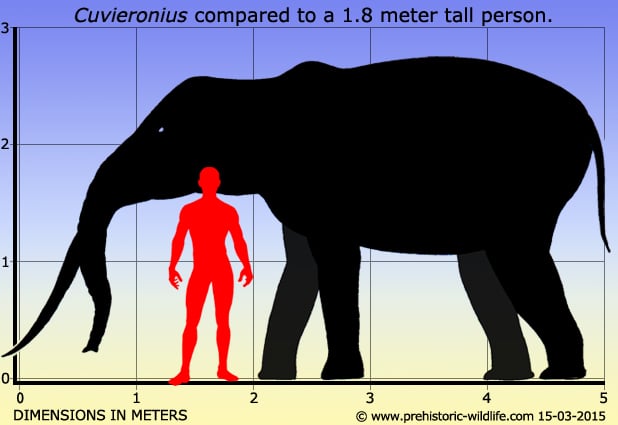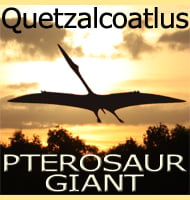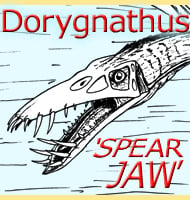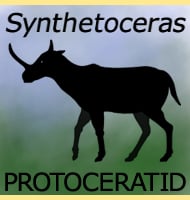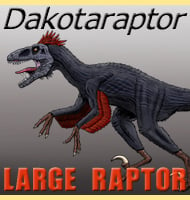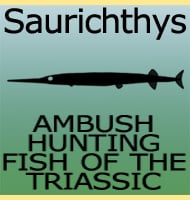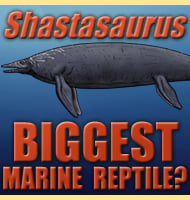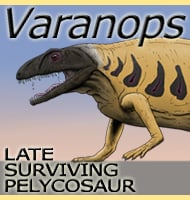In Depth
Cuvieronius immediately stands out from amongst other elephants with its curved spirally twisting trunks which are often described as narwhal-like. However something else which this elephant is more famous for is that at the time of writing it is one of two genera of elephants that are known to have lived in South America, the other being Stegomastodon.
The earliest known specimens of Cuvieronius are dated to the early Pliocene where populations of Cuvieronius seem to be concentrated around the Southern portion of the United States and Mexico. Roughly three million years ago volcanic activity created the Isthmus of Panama, an event that would have world changing consequences, but specifically for the Americas this was the first time that these two continents had been directly connected by a permanent land bridge. This triggered another even called the Great American Interchange, where some South American animals spread up into North America, and some North American animals, including Cuvieronius spread down into South America.
As mentioned above Cuvieronius is known to have lived in South America with Stegomastodon, but usually two animals cannot share the same niche in an ecosystem. This does not seem to have been a problem for these two elephants however since Stegomastodon is known from the warmer lowland areas and Cuvieronius is associated with higher, cooler environments that you find associated with the Andes Mountain range. With these two elephants living in quite different ecosystems, competition for the same resources such as food plants would have been minimal to non-existent. It is difficult to pin down an exact extinction date for Cuvieronius, but carbon dating has revealed that Cuvieronius was alive during the Holocene as recently as a few thousand years ago. Remains of what seem to have been Cuvieronius have also been found in association with early human settlements (particularly well known examples from Chile), suggesting that Cuvieronius was quite possibly hunted by early humans. In fact human hunting is the theory that is most often proposed as the explanation for the extinction of Cuvieronius.
Cuvieronius was named in honour of the famous French naturalist and zoologist Georges Cuvier. In the early nineteenth century Cuvier was instrumental in the establishment of natural sciences such as comparative anatomy and palaeontology. This work saw Cuvier being instrumental in the identification of the first two dinosaurs, Megalosaurus and Iguanodon, as well as being the first person to correctly identify the pterosaur Pterodactylus as a flying reptile amongst many other achievements. However the man who named Cuvieronius in honour of Georges Cuvier, Henry Fairfield Osborn, was no slouch himself and was responsible for naming the most famous dinosaur of all time Tyrannosaurus, as well as many other famous ones such as Velociraptor, Oviraptor and Pentaceratops.
Further Reading
– Case 3479 Cuvieronius Osborn, 1923 (Mammalia, Proboscidea): Proposed conservation. Bulletin Zoological Nomenclature, 66, 1-6. – S. G. Lucas – 2009. – The Dance of Tusks: Rediscovery of Lower Incisors in the Pan-American Proboscidean Cuvieronius hyodon Revises Incisor Evolution in Elephantimorpha. – PLOS ONE. 11 (1): e0147009. – Dimila Moth�, Marco P. Ferretti & Leonardo S. Avilla – 2016.- Extinction of North American Cuvieronius (Mammalia: Proboscidea: Gomphotheriidae) driven by dietary resource competition with sympatric mammoths and mastodons. – Paleobiology. 46 (1): 41–57. – Gregory James Smith & Larisa R. G. DeSantis – 2020.
